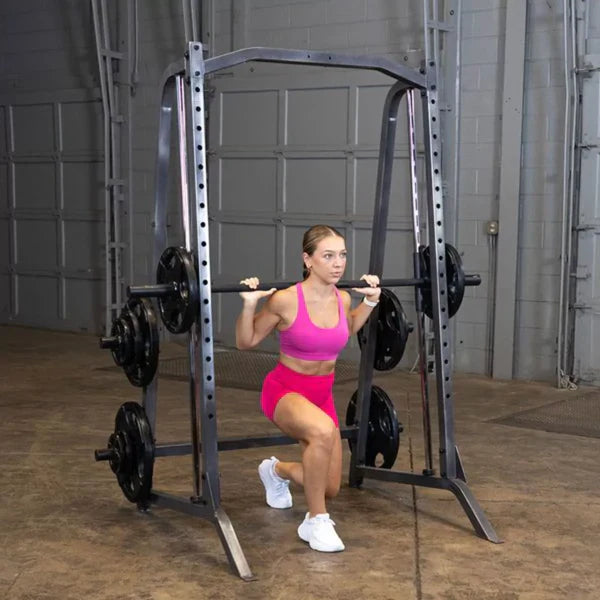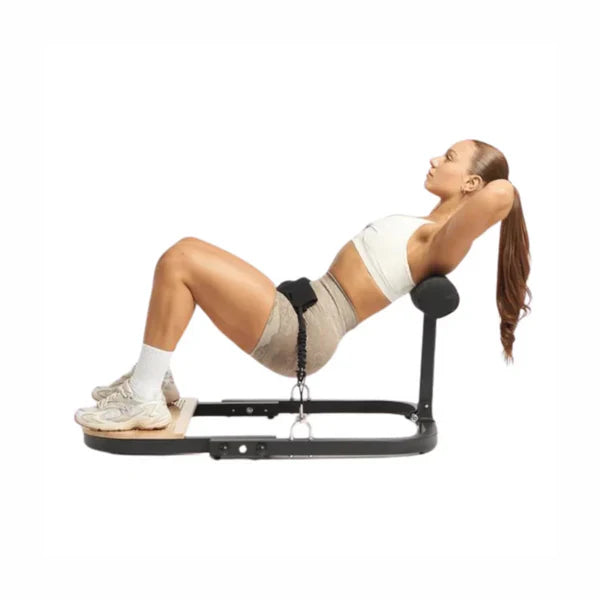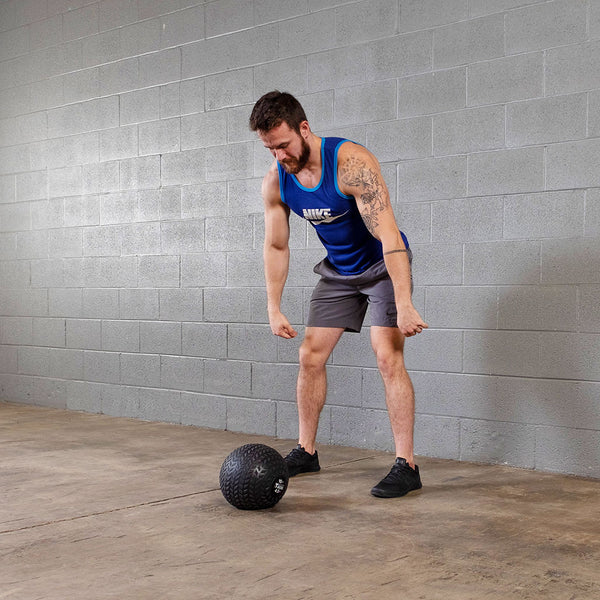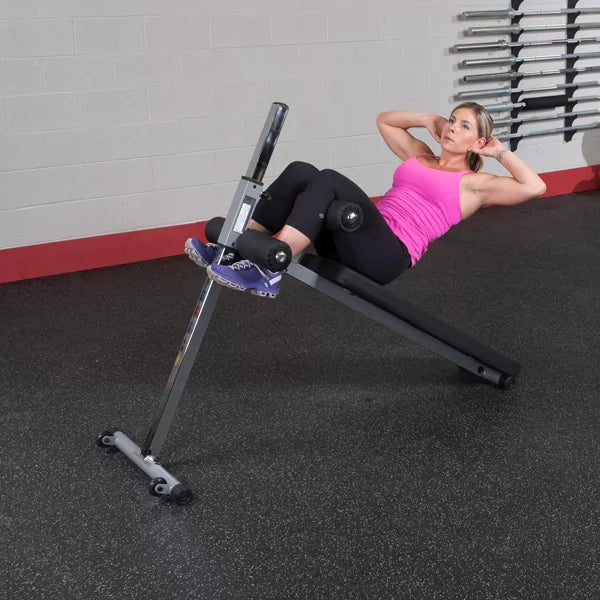When building your home gym, it’s easy to focus on big-ticket items like a treadmill, squat rack, or adjustable dumbbells. But if you’re serious about strengthening your posterior chain and improving core stability, one piece of equipment deserves your attention: the hyperextension. Compact, versatile, and surprisingly effective, a hyperextension bench can help take your home workouts to the next level.
Whether you’re browsing for the best hyperextension for home gym setups or wondering how to use one effectively, this guide will walk you through everything — from hyperextension benefits to designing a hyperextension workout routine at home.
What is a Hyperextension?
A hyperextension bench — sometimes called a Roman chair — is designed to target the lower back, glutes, hamstrings, and core. The machine positions you at an angle, allowing you to bend at the waist against resistance. Despite the name, you’re not literally “hyperextending” your back (which would be unsafe); instead, you’re moving through a safe, controlled range of motion to strengthen key muscles.
Hyperextension Benefits for Your Home Gym
One of the reasons fitness enthusiasts love the hyperextension is its impressive range of benefits. Here are some of the biggest:
1. Lower Back Strength
If you spend hours sitting each day, your lower back muscles can become weak and tight. A hyperextension strengthens the erector spinae — the muscles that run along your spine — which can improve posture and reduce the risk of back pain.
2. Improved Posture
Poor posture doesn’t just look bad; it can also cause discomfort and limit mobility. Hyperextensions strengthen the posterior chain (back, glutes, hamstrings), helping you stand taller and maintain a healthy spinal alignment.
3. Core Stability
While they’re famous for targeting the lower back, hyperextensions also engage your core muscles — especially when you hold the top position or add twists to the movement.
4. Glute and Hamstring Development
Want stronger, more defined glutes and hamstrings? The hyperextension is a fantastic accessory move to complement squats and deadlifts.
5. Injury Prevention
Strengthening your posterior chain helps balance out your body and reduce stress on your spine, hips, and knees, lowering your injury risk during sports or daily activities.
Choosing the Best Hyperextension for Home Gym Setups
Not all hyperextension benches are created equal. When searching for the best hyperextension for home gym use, consider the following:
-
Adjustability: Look for a bench with adjustable height and angle to accommodate different users and training goals.
-
Stability: A sturdy base and non-slip foot pads ensure safety during workouts.
-
Foldable Design: If space is limited, a foldable or compact model makes storage easier.
-
Padding & Comfort: Thick padding on the hip rest and ankle supports will make your sessions more comfortable.
-
Weight Capacity: Ensure the bench can safely handle your body weight plus any added resistance.
Some popular options for home gyms include 45-degree hyperextension benches and flat-back Roman chairs. The 45-degree design is more beginner-friendly, while the flat style offers a greater challenge for advanced athletes.
How to Perform a Hyperextension Safely
To get the most out of your hyperextension workouts — and avoid injury — follow these steps:
-
Adjust the bench so your hips rest just above the top pad.
-
Secure your feet under the ankle pads.
-
Cross your arms over your chest or hold them behind your head.
-
Lower your torso slowly until your upper body is about perpendicular to the floor.
-
Engage your glutes and hamstrings to raise your torso back to the starting position without arching excessively.
-
Control the movement — no swinging or jerking.
Hyperextension Workout Routine at Home
Here’s an example hyperextension workout routine at home to strengthen your posterior chain. You can do this 2–3 times per week, allowing at least 48 hours between sessions.
Warm-Up (5–7 minutes)
-
Light cardio (jumping jacks, brisk marching)
-
Dynamic stretches for hamstrings, hips, and lower back
Workout:
-
Bodyweight Hyperextensions – 3 sets of 12–15 reps
-
Weighted Hyperextensions (hold a plate or dumbbell to your chest) – 3 sets of 8–12 reps
-
Hyperextension Hold (pause at the top for 5–10 seconds) – 3 sets of 5 reps
-
Twisting Hyperextensions (rotate torso at the top to engage obliques) – 3 sets of 10 reps per side
Cool-Down:
-
Hamstring stretches
-
Child’s pose for the lower back
-
Hip flexor stretches
Pro Tips to Maximize Your Results
-
Start with bodyweight only until you master the form.
-
Add resistance gradually using a plate, dumbbell, or resistance band.
-
Pair with core work like planks or ab rollouts for balanced strength.
-
Include in a full-body program — hyperextensions work best alongside compound lifts.
Why a Hyperextension Is Worth the Investment
A hyperextension is relatively inexpensive, space-efficient, and incredibly effective at building strength in muscles often neglected by typical home workouts. Unlike some equipment that targets only one muscle group, the hyperextension works multiple key areas at once, making it a high-value addition to your home gym arsenal.
Whether your goal is improved posture, better athletic performance, or simply avoiding back pain, investing in the best hyperextension for home gym training can deliver long-term results. Combined with a consistent hyperextension workout routine at home, this simple piece of equipment could be the secret weapon your training has been missing.
Final Thoughts
The hyperextension might not get the same attention as a power rack or an elliptical, but its benefits are undeniable. By strengthening your posterior chain, improving core stability, and enhancing posture, this compact machine can make a big difference in your fitness journey. Start light, focus on form, and gradually progress — your back and core will thank you.





